The art of crafting musical instruments from coconut shells has a rich history in many tropical regions, but one of the most persistent challenges luthiers face is preventing cracks in the delicate shell. In Iraq, where traditional craftsmanship meets modern innovation, artisans have developed unique techniques to preserve the integrity of coconut-shell instrument bodies, particularly for instruments like the oud or qanun. The dry climate of the region poses a particular threat to organic materials, making the process of stabilizing coconut shells both an art and a science.
Unlike wood, which can be seasoned and treated with relative predictability, coconut shells present a unique set of challenges. Their fibrous, uneven structure means they react unpredictably to changes in humidity and temperature. When used as a soundboard or resonator, even a hairline crack can drastically alter the tonal quality of an instrument. Iraqi craftsmen, particularly those in Basra and Baghdad, have refined methods passed down through generations to mitigate this risk.
One of the most critical steps in preventing cracks is the initial curing process. Fresh coconut shells must be thoroughly cleaned of residual flesh and fibers, then left to dry slowly in a shaded, well-ventilated space. Rushing this stage by exposing the shells to direct sunlight or artificial heat sources almost guarantees future cracking. Some workshops use a technique of burying the shells in fine sand for several months, allowing moisture to evaporate at an even rate while minimizing stress on the material.
Once cured, the shells undergo a stabilization process. Traditional Iraqi methods involve soaking the shells in a mixture of natural oils – often a combination of linseed and olive oil – which penetrate the porous structure and provide some flexibility. Contemporary craftsmen sometimes supplement this with modern wood stabilizers or diluted epoxy resins, though purists argue this can deaden the acoustic properties that make coconut-shell instruments distinctive.
The shaping of the shell requires particular attention. Rather than cutting or carving the shell aggressively, experienced craftsmen use gradual abrasion techniques, allowing the natural weaknesses in the shell's structure to guide the final form. This approach not only reduces the risk of immediate cracking but also creates a more stable foundation for the finished instrument. The thickness of the shell must be carefully judged – too thin, and it becomes fragile; too thick, and the sound becomes muted.
Climate control remains paramount even after construction. In Iraq's arid environment, instruments made from coconut shells require careful storage in conditions of moderate humidity. Some musicians keep their instruments in special cases with small clay pots of water to maintain a stable microclimate, while others apply regular treatments of beeswax to seal the surface against moisture loss. The wisdom lies in understanding that the work of preventing cracks never truly ends – it's an ongoing relationship between craftsman, musician, and material.
Perhaps most fascinating is how these techniques vary between regions. While Iraqi craftsmen have developed methods suited to their dry climate, counterparts in more humid coastal areas face opposite challenges. The exchange of knowledge between these traditions continues to evolve the craft, ensuring that the unique sound of coconut-shell instruments survives for future generations to enjoy.
The market for these instruments remains niche but passionate. Collectors and traditional musicians prize well-made coconut-shell instruments not just for their distinctive warm, percussive tone, but for the evident craftsmanship in their preservation. In an age of mass production, each crack-free coconut-shell body stands as testament to patient, careful work that modern technology still struggles to replicate perfectly.

By /Jun 6, 2025

By /Jun 6, 2025

By /Jun 6, 2025
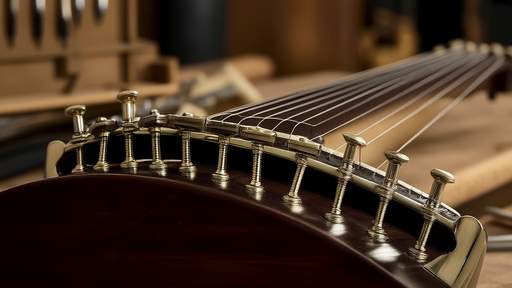
By /Jun 6, 2025
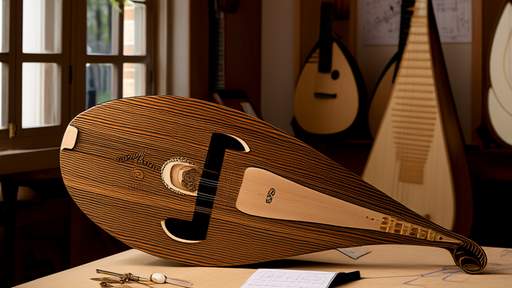
By /Jun 6, 2025
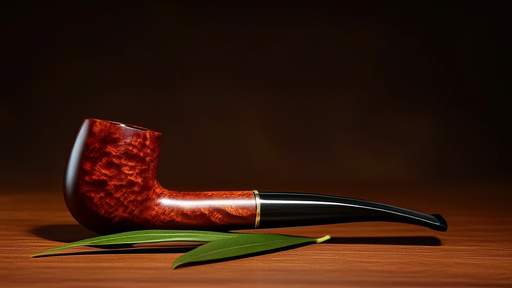
By /Jun 6, 2025

By /Jun 6, 2025

By /Jun 6, 2025

By /Jun 6, 2025

By /Jun 6, 2025

By /Jun 6, 2025

By /Jun 6, 2025
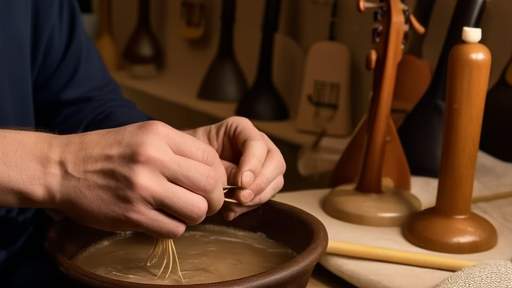
By /Jun 6, 2025

By /Jun 6, 2025
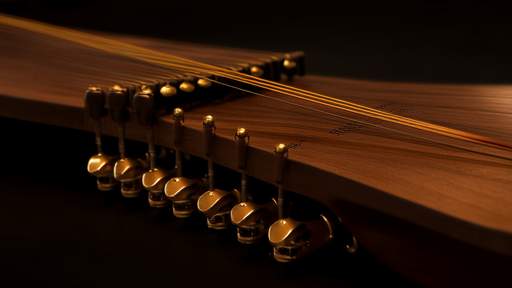
By /Jun 6, 2025
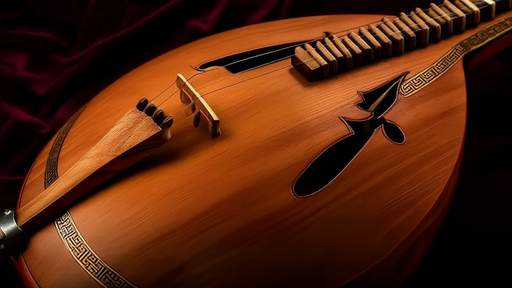
By /Jun 6, 2025

By /Jun 6, 2025

By /Jun 6, 2025
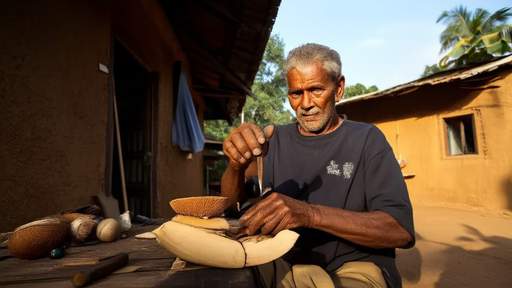
By /Jun 6, 2025
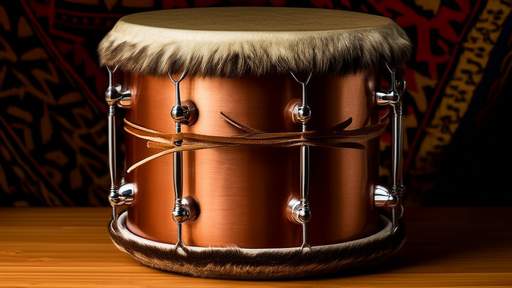
By /Jun 6, 2025